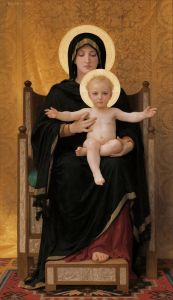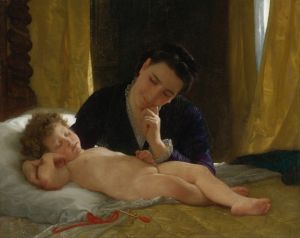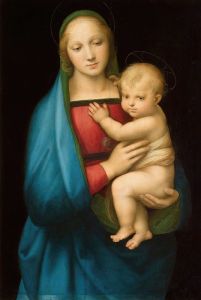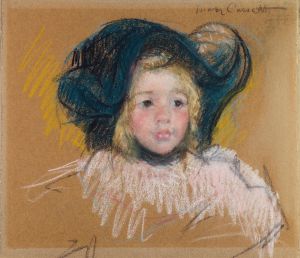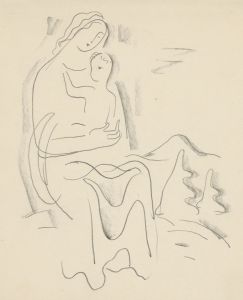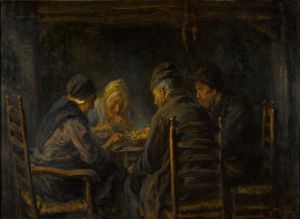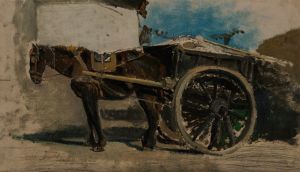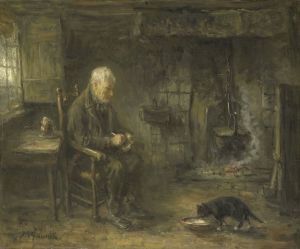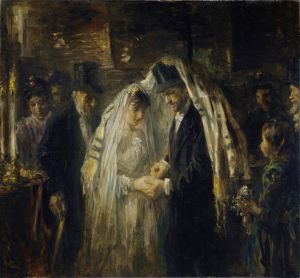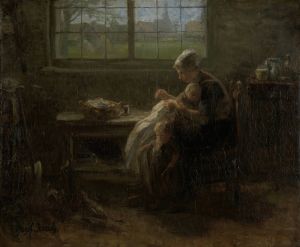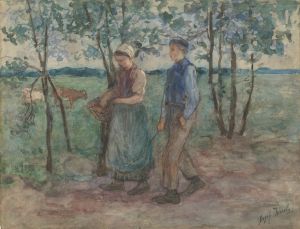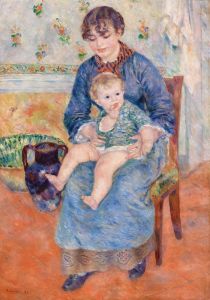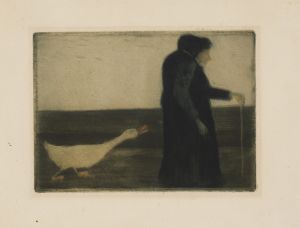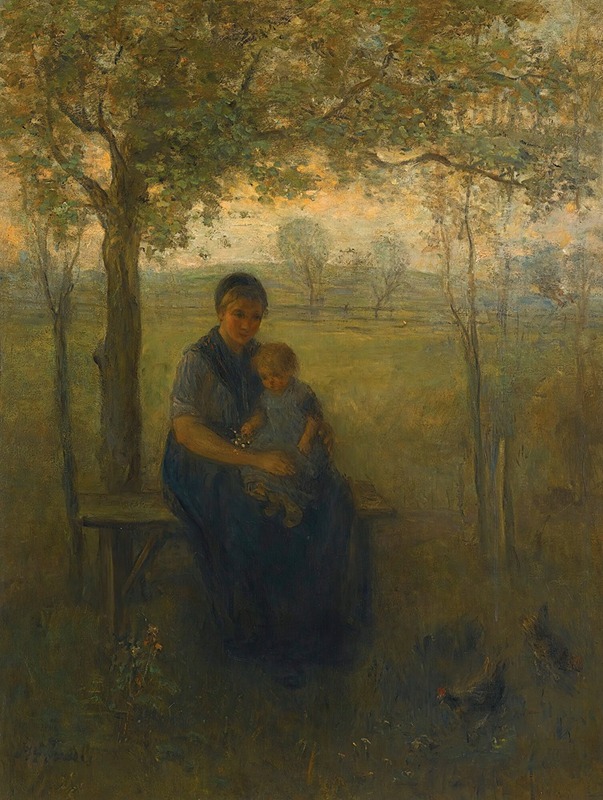
The Madonna Of Drenthe
A hand-painted replica of Jozef Israëls’s masterpiece The Madonna Of Drenthe, meticulously crafted by professional artists to capture the true essence of the original. Each piece is created with museum-quality canvas and rare mineral pigments, carefully painted by experienced artists with delicate brushstrokes and rich, layered colors to perfectly recreate the texture of the original artwork. Unlike machine-printed reproductions, this hand-painted version brings the painting to life, infused with the artist’s emotions and skill in every stroke. Whether for personal collection or home decoration, it instantly elevates the artistic atmosphere of any space.
Jozef Israëls, a prominent Dutch painter of the 19th century, is known for his poignant and emotive depictions of rural life and the struggles of the common people. One of his notable works is "The Madonna of Drenthe," which exemplifies his ability to capture the essence of human emotion and the simplicity of rural existence.
Jozef Israëls was born on January 27, 1824, in Groningen, Netherlands. He studied art in Amsterdam and later in Paris, where he was influenced by the Romantic movement and the works of artists such as François Millet. Israëls became associated with the Hague School, a group of artists who were known for their realistic portrayals of everyday life, often focusing on the lives of peasants and fishermen.
"The Madonna of Drenthe" is one of Israëls' works that reflects his deep empathy for the rural poor. Drenthe is a province in the northeastern part of the Netherlands, known for its pastoral landscapes and agricultural communities. In this painting, Israëls portrays a mother and child, drawing a parallel to the traditional Christian iconography of the Madonna and Child. However, unlike the idealized religious depictions, Israëls' interpretation is grounded in the reality of rural life.
The painting is characterized by its subdued color palette and the use of light and shadow to create a somber yet tender atmosphere. Israëls' brushwork is both delicate and expressive, capturing the textures of the clothing and the gentle expressions of the figures. The mother, depicted with a serene yet weary demeanor, holds her child close, symbolizing both maternal love and the hardships faced by rural families.
Israëls' work often reflects the social concerns of his time, highlighting the struggles of the lower classes and the dignity of their labor. "The Madonna of Drenthe" is no exception, as it invites viewers to contemplate the universal themes of motherhood, poverty, and resilience. The painting does not merely depict a scene but tells a story of endurance and hope amidst adversity.
Throughout his career, Jozef Israëls received numerous accolades for his contributions to art. He was a member of various art societies and his works were exhibited widely, earning him international recognition. Israëls' influence extended beyond his lifetime, as he inspired future generations of artists who sought to portray the human condition with honesty and compassion.
In summary, "The Madonna of Drenthe" by Jozef Israëls is a significant work that embodies the artist's commitment to realism and his empathy for the rural poor. Through his masterful use of light, composition, and emotion, Israëls creates a powerful narrative that resonates with viewers, inviting them to reflect on the enduring themes of love, hardship, and resilience.





